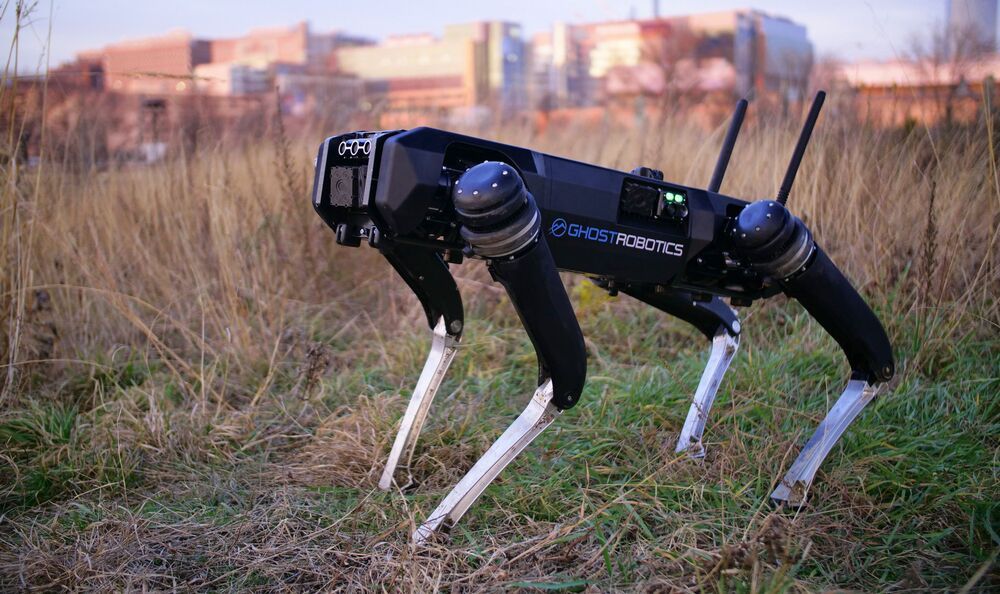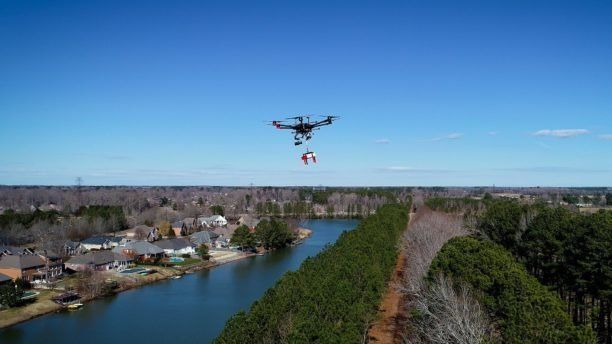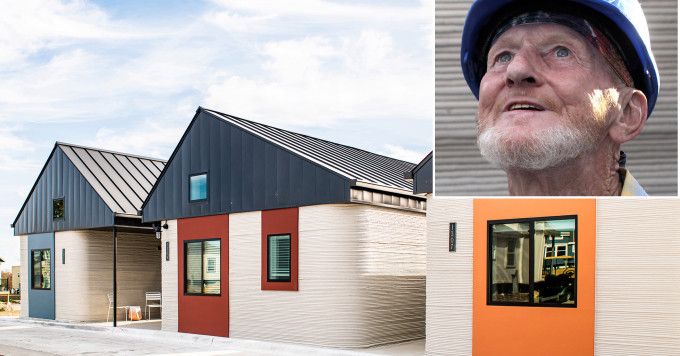NASA is considering an inflatable space habitat designed by Sierra Nevada Corporation as a potential space station of the future.


These 645-square-foot domed buildings were printed in Italy over the course of 200 hours.
Elon Musk has given us his findings to why the SpaceX Starship SN 11 exploded above the landing pad.
I explore fixes from a system safety standpoint. See what I recommend.
You can support Galactic Gregs by supporting the sister channel Green Gregs by clicking the links below:
See the Special Deals at My Patriot Supply (great space mission food): www.PrepWithGreg.com.
For gardening in your space habitat (or on Earth) Galactic Gregs has teamed up with True Leaf Market to bring you a great selection of seed for your planting. Check it out: http://www.pntrac.com/t/TUJGRklGSkJGTU1IS0hCRkpIRk1K

The company working on a militarized version of BD’s Spot. It looks like just a straight copy. Sadly, no FB page, and didn’t see any other robots on there besides this. I think some humanoid robot competition would be helpful.
© 2020 Ghost Robotics Corporation® Ghost Robotics & Logo are registered trademarks.
Privacy & Legal
See my recommendations to get Starship landing, videos, and discussions of quantity distance and other aspects of safety and mission assurance that could potentially help assure successful Starship flights.
You can support Galactic Gregs by supporting the sister channel Green Gregs by clicking the links below:
See the Special Deals at My Patriot Supply (great space mission food): www.PrepWithGreg.com.
For gardening in your space habitat (or on Earth) Galactic Gregs has teamed up with True Leaf Market to bring you a great selection of seed for your planting. Check it out: http://www.pntrac.com/t/TUJGRklGSkJGTU1IS0hCRkpIRk1K

We wrote about DroneUp’s drone delivery of Coke with Coffee to residents in Coffee, GA – but how exactly did that delivery work? The A2Z Rapid Delivery System allowed packages to be delivered without landing the drone – a method that solves a lot of problems in drone delivery.
CA-based A2Z Drone Delivery, LLC, has developed a patented tethered freefall drone delivery mechanism, the Rapid Delivery System (RDS1) used by DroneUp® for the project with Walmart and Coke. The RDS1 system lowers the delivery to the ground by tether – which means that homeowners don’t have to worry about a noisy landing or the potential for a landing drone to hit obstacles on its way down. “The RDS1 was chosen for its rapid delivery capabilities which reduced time-on-station to just 30 seconds per delivery, while minimizing intrusive rotor noise and limiting the window for risk to people on the ground,” says an A2Z press release.
“For our partners at DroneUp to put their trust in our system was the best proof of concept that we could imagine and was a memorable benchmark for our whole team,” said Aaron Zhang, founder of A2Z Drone Delivery, LLC. “The unique capabilities of the RDS1 were tailor-made for this type of residential delivery where our tethered freefall mechanism can accurately and quickly deposit payloads while hovering far from people, homes, trees and utility wires.”

The first house on the moon, an ambitious space-saving alternative to life on crowded Earth, could cost an out-of-this-world $60 million, according to a new study.
That’s an estimated $320000 monthly payment for 1356 square feet of interior space, so if you want to go big, stay home.
The study, conducted by the UK finance site Money.co.uk, used SpaceX’s blastoff weight pricing to estimate what it would cost to bring materials, tools and laborers to the moon to begin the work. It also factored in the costs of new technology that architecture on the moon would require for life support and other factors.

“I hope I stay here until my last dying days.”
Those are the words of Tim Shea, who has come a long way since his days as a homeless man once struggling with heroin addiction. He is now the first person ever to live in a 3D-printed house, according to the home’s maker.
On the outskirts of Austin, Texas, 70-year-old Shea has settled into his 400-square-foot home constructed by 3D printing. His new home is situated in the Community First! Village site, which is comprised of houses for the chronically homeless.

Success! The SLS Core Stage had a successful eight minute hot fire test at NASA’s Stennis Space Center on 18 March 2021. See the run down to and the full duration eight minute firing of the Core Stage of the Artemis 1 Space Launch System. Now on to KSC and launch!
Engines fire at timestamp 44:09
For gardening in your space habitat (or on Earth) Galactic Gregs has teamed up with True Leaf Market to bring you a great selection of seed for your planting. Check it out: http://www.pntrac.com/t/TUJGRklGSkJGTU1IS0hCRkpIRk1K